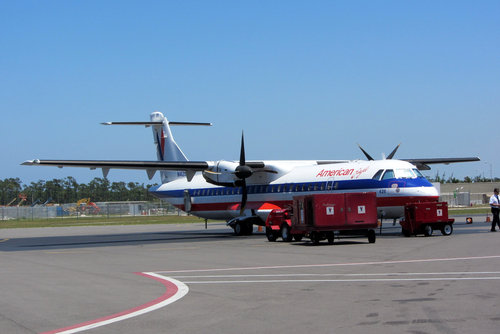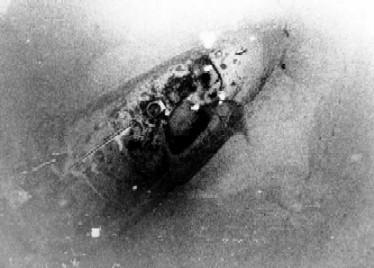This blog contain many fictions, myths, and also facts. It's up to you to choose one or both.
About me

- Agrephino
- Depok, West Java, Indonesia
- My name is Yosafat Jan Diocassa Agrephino. People call me Dio or Yosafat. My birth date is on 8th November 1996. I'm the last child of 4 children. I made this blog just for fun, because i have a lot of free time. One more thing to know, i love peaceful. But if someone got a problem with me, I'll show the real problem
Wednesday, September 21, 2011
Lost Ships In Bermuda Triangle - USS Scorpio
USS Scorpion (SSN-589) was a Skipjack-class nuclear powered submarine of the USN (United States Navy).
Scorpion was declared lost on 5 June 1968 and that too while it was not at war.
Scorpion was commissioned on 29 July 1960. After initial assignments of training and other short operations, her home port became Norfolk in 1962 and remained so for rest of her career.
The Scorpion specialized in the development of nuclear submarine warfare tactics. Varying her role from hunter to hunted, she participated in exercises which ranged along the Atlantic coast and in the Bermuda and Puerto Rico operating areas.
In 1966, she was deployed for special operations and entered an inland Russian sea during a "Northern Run" where it successfully filmed a Soviet missile launch through its periscope before being forced flee from Soviet Navy ships by using its high speed.
On completion of such special operations, her commanding officer received the Navy Commendation Medal for outstanding leadership, foresight, and professional skill. Other Scorpion officers and crewmen were cited for meritorious achievement.
Scorpion was a fast attack submarine and had a reputation for excellence.
On 1 February 1967, Scorpion entered the Norfolk Naval Shipyard at her home port for an extended overhaul. In late October, she commenced refresher training and weapons system acceptance tests.
Later on 15 February 1968 she got underway for a Mediterranean deployment. Upon departing the Mediterranean on 16 May, she headed west for home.
On 21 May, she indicated her position to be about 50 miles south of the Azores. Six days later, she was reported overdue at Norfolk.
A search was initiated. But on 5 June, Scorpion and her crew were declared "presumed lost." Her name was struck off from the Navy list on 30 June.
The search continued and a Court of Inquiry was setup by the US navy. At the end of October, the Navy's Ocean research ship Mizar located sections of Scorpion's hull in more than 3000 meters (ie. about 10,000 feet) of water and about 400 miles southwest of the Azores.
Other vessels including the submersible Trieste that were later sent to the wreck area, collected lots of pictures and other information.
The submarine was broken into two major pieces: The forward hull section, including the torpedo room and most of the operations compartment, created one huge trench on impact with the sea floor, while the aft section including the reactor compartment and engine room, created a second impact trench. The sail is detached and lies nearby in a large debris field.
Much of the operations compartment had disappeared, and most of the debris was identified as coming from the operations compartment. One of Scorpion's running lights was locked in the open position as if it had been on the surface at the time of the mishap.
At the time of her sinking, there were 99 crewmen aboard Scorpion. The submarine contained a treasure-trove of highly sophisticated spy gear and spy manuals, two nuclear-tipped torpedoes, and a nuclear propulsion system. The best available evidence indicates that Scorpion sank in the Atlantic Ocean on 22 May 1968
Several theories and explanations have been given as cause of the loss, but none are conclusive. Some have suggested that attack by a Soviet submarine caused Scorpion's loss
The most likely cause was the activation of a torpedo by mistake at the time of inspection. The torpedo, in a fully ready condition and without a propeller guard, then began a live run within the tube. As soon as it got released from the tube, it struck its nearest target, the Scorpion itself. Alternatively, the torpedo may have exploded in the tube due to an uncontrollable fire in the torpedo room.
However, no one till date knows the real cause. The Navy's Court of Inquiry did not reconvene after the 1969 investigation, and did not take testimony from a group of submarine designers, engineers and physicists who spent nearly a year evaluating the data gathered from the wreck of Scorpion.
Subscribe to:
Post Comments (Atom)



No comments:
Post a Comment